“Historical” background
When my employer at that time decided to use the Fokker 100 on the company’s short haul flights, the decision to apply for a cockpit seat was quickly taken. Early 1988, after passing the conversion training, I started to fly this plane and to this day it remains my preferred aircraft to fly. One reason may be that it can be regarded as the last “pilot aircraft” in that category; secondly I have experienced a major portion of my career in this plane. The flight dynamics are extraordinary and supported by hydraulic systems, the flight controls are extremely agile and precise. You can compare the flight experience in a Fokker with those from a Cessna 150 up to an Airbus: From absolutely free manual flying in visual conditions to perfect automatic landings — in our case with triple IRS, Land3 mode on a CAT IIIb approach with 20 feet decision height. Due to obtaining a test pilot license later, I did many “final inspection” flights and this allowed me to experience the plane at the limits of the performance envelope.
And now I found myself sitting in front of a screen and looking at the well known cockpit — and a 1000 questions came into my mind…where can I find this or that…the past 8 years on Airbus have left their traces and pushed aside what was typical for the Fokker.
For the fairness to the review, I must say that my test flights were done at a time when the Service Pack 1 was not yet available. Therefore it is possible that some of below mentioned remarks on deficiencies may not be valid anymore.
Flight dynamics
As mentioned before, the Fokker in the real world has exceptional flying characteristics. With every simulation in FS the question is imminent: Can one give a proper judgement on flight dynamics from a seat in front of a screen?
Frankly speaking: No! The “feeling” is too artificial. But you can judge if the responsiveness of the plane fits to control inputs. In the current case I can say with full confidence that they closely match reality. There is one point to make and a clear remark that it is different in FSX versus FS9. Only in FSX, during rotation, the elevator authority is not sufficient. If you misplace the trim just a bit too much nose down, you can’t rotate the plane at Vr and it takes an overspeed of 20-30 knots until something is happening. This is a surprise and a drop of bitterness. You find yourself in a plane which is known for its agility and you need full yoke deflection to get it off the tarmac. This is simply inadequate. In other phases of manual flying this inertia cannot be observed and also on final the efficiency of the controls is well balanced.
There is no noticeable difference between the two simulators.
The flight director is excellent and the auto-throttle responds very well to corrections. The control is a bit pointed so that it may start to oscillate. This is the reason why higher simulation rates beyond 4x are not recommended. Above 4x the throttle may go out of control. How important this is, the user must judge by himself. For me it is of no importance as I never fly accelerated rates.
Systems
What is the use of an add-on for FS without a certain depth of systems simulation? Especially if it simulates a modern aircraft which provides flight guidance via FMC and an elaborated AFCAS, further includes a Flight Warning System with Flight Phase Inhibition and Automatic Check List Display.
Well for the hobby pilot this all sounds like Chinese and that is the tricky part with all models having an in depth system simulation. The Fokker by DA is no exception. The only answer to this can be found in the manuals! Even looking at the multitude of panels, one realizes quickly that there is a lot to learn if you want to handle those systems correctly. You need to flip through the panels as the DA Fokker does not include a VC. This process is — to my personal taste — well engineered.
At the top and bottom of a panel you can see a hotspot bar that reminds you that there is an additional view available. Starting from the main panel, in total, 2 views up across the overhead panel and 3 views down on the pedestal are provided. They all overlap a bit. In addition you find a mini centre panel (to ease the main flight interactions) including the left side COM, NAV and the ILS receiver plus the TRP (Trust Rating Panel). Furthermore, there is a MFD panel showing both MFDUs (and brake temperature and fuel totalizer) and a ground operations panel for the passenger and cargo doors actuations and external power and air supply. All in all many pop-up windows which, except the Ground OPS panel, can be accessed via Shift + 1-9 keys. In this case a keyboard with programming ability is of advantage to access the panels quickly.
In total, 4 different Fokker models are ready to select:
-Â Â Â Fokker 100 with Main Sliding Door (F100SD)
-Â Â Â Fokker 100 with Main Stair Door (F100)
-Â Â Â Fokker 70 without Centre Tank (F70)
-Â Â Â Fokker 70 with Centre Tank (F70CT, called F72 in the fuel planning tool)
http://simflight.de/wp-content/gallery/review-da-fokker/thumbs/thumbs_fk_bild04.jpg
It is worth mentioning, that the 2 door variants are linked to company standards and the real planes flown by the respective airline. In other words, only those airlines that have the doors with the integrated stairs are available. Same for the one with sliding front door.
Above all these model choices you can also select to fly on the left or right side of the cockpit.
Together with the Airbus Flight Guidance System, the AFCAS (Automated Flight Control and Augmentation System) implemented in the Fokker was at that time the most modern in terms of flight director and autopilot operation on the market. Its functionality is — as far as I could test it — very well implemented in this simulation. It is a real pleasure to fly with this – even by today’s standards – modern flight system. Only in the area of interaction between the FMC and AFCS can some inconsistencies be observed, especially in the vertical flight path control. But to complain about this may go too far. I may claim that more than 90% of the users will never notice it.
The FMC is well implemented in line with the other systems. Being a very complex part it seems to be nearly impossible to build it without bugs right from the beginning. You may find small discrepancies which, and I feel pretty sure about that, will be corrected in a future service pack. Amongst other things, the approach speeds differ significantly from the Vma + 5 which are typically used. From the tables provided it is not clear if the displayed Vma or the Vapp is wrong. In the real world, and I expect in the simulation too, the calculation of the Vma is based on data from the angle of attack sensor and by that should be in line with the aerodynamic environment actually flown in.
The Vapp in the FMC is based on the tables with the aircraft weight as base. Maybe there is a slight error introduced. Flying holdings is another area with difficulties for the FMC, but in respect to other competitors on the market it is handling it in a superior manner. But some deficiencies should be addressed as for example the AFCAS errors in the vertical path flight calculations.
In one specific flight phase, the Fokker automation goes even beyond Airbus: Passing the Thrust Reduction Altitude, the Climb Thrust is set automatically, without any action by the pilot. Be assured this works in the simulation the same way. The Flight Path Vector, which is often used in modern aircraft, is an optimal tool during manual flying. It captures the information from the inertia navigation system and displays the actual flight path on the PFD. Again it works in the simulation like in real and it is great fun to fly visual approaches with that support.
But that is not all. The navigation display includes some goodies which are common on to-day’s airliners. For aircraft in FS the implementation and correct simulation of all of them is not common at all and represents a further highlight of the DA Fokker.
Radar: My installation of Active Sky X is just a few days old, and so I hesitate to come to a fully founded conclusion, but I have no doubt that that this weather radar is capable of depicting thunderstorms.
The TCAS (Traffic Collision Avoidance System) functions without major flaws. In some forums you may read different but mostly it is the user who did not set it up right. Reading the manual is a key factor.
A TAWS (Terrain Awareness Warning System) can be found within the ND and it works exactly as it should. So before complaining you need to understand the functionality. It is not a good idea to switch it on at FL 350 and be surprised it does not show anything meaningful.
Another main system of the Fokker is the FWS (Flight Warning System) which displays any system failures centralized on the MFDUs and in addition warns in 3 levels of aural alerts. To fully check this system within the task of this review would exceed the time available. But I can confirm that most of what can reasonably be done has been implemented. It is beneficial to once more read the detailed documentation on this subject. Behind the FWS, there is a clever system of Flight Phase Inhibitions which controls that alerts will only displayed if they are relevant and of importance in relation to one of the 12 defined different flight conditions.
Both Backup-Systems, the SAP (Standby Annunciation Panel) and the SEI (Standby Engine Indicator) are fully functional and do not show any problems except that in FSX the SAP displays a PITOT HEAT warning even when all probes are switched on. But these are peanuts which are only occurring when you use the SAP in the Back-up Mode.
But no system is without its flaws and here is one. FS9, and even more extensively FSX, can simulate some system failures. As placeholder we show here the case of an engine fire and you can see that improvements can be made.
FSX shows a nice fire and the thrust slowly goes down (not necessarily), but what you would expect most does not happen: No fire alarm in the cockpit and when applying fire extinguishing agent the fire continues. Maybe these interactions are not implemented on purpose as the development team plans its own failure generator. Who knows?
The load editor also carries some little bugs. Nicely designed it includes a useful fuel planner. All saved, you can retrieve a load sheet vie the kneeboard.
Unfortunately and only on the F100, the calculation “forgets” to count one crew member so that the actual ZFW in FS is always 82 kg higher than that previously calculated and displayed in the load sheet. The absolute top would be a real time load planner that works within FS and could also run the fuelling. One may continue dreaming…
Additional comments
Generally speaking the package is quite complete. Actual navigation data can be downloaded from Navigraph as the Fokker uses the same data then the Digital Aviation Cheyenne. (Until now Navigraph does not supply terminal procedures, but this is on the way, hopefully soon to be available.)
There is ample aircraft documentation supplied in the following parts:
-Â Â Â Aircraft Operations Manual
-Â Â Â Migration Manual
-Â Â Â Multi-crew Manual
-Â Â Â 4 Tutorials of different skill level (2 of them still in preparation but the 2 will guide you through the essentials and beyond)
All documents are easy to read according my taste.
If this set is not sufficient for you, you may use a commercial offering for German speaking pilots. Jens Albert Schenk has developed a very comprehensive tutorial which can be purchased at simMarket.
Further questions may be posted in English and German on the Digital Aviation forum. Response time is considered normal, and with the help of a growing community you will quickly find answers or hints for the correct operations.
If the default liveries do not match your level of choices, you will not be disappointed. In the download section of the forum you can find a paint kit and a posting with links to all real world liveries available on the web. This allows each user to fly in his preferred region with a matching livery.
Conclusion
Not only due to the fact that the Fokker is „close to my heart“, but also to the fact that the Digital Aviation Fokker 70/100 is one of the best aircraft launched onto the market, makes this simulation earn the maximum points. Apart a few minor bugs — see the above mentioned items — there is basically no difference between the FS9 and FSX version. I believe the crew around Florian Praxmarer has well worked out the dilemma between never ending development time and a fast shot (PMDG, Airliner XP on one side and Wilco on the other come into mind….) and as with any new product, some unavoidable bugs will be fixed with service packs.
Congratulations on a truly outstanding product!
| PRO: | CON: |
|
|
| ADDON INFORMATION | TEST SYSTEM |
|
|
Test systems
Here is a list of our tester’s computers:
Oskar Wagner:
-
Antec 190 +1200 Case, Power Supply 2 x 650 W
-
Mobo Intel D5400XS, FSB 1.66 GHz
-
2 x Intel Core 2 Duo Extreme QX9775 3.2 GHz
-
8 GB DDR2 RAM
-
3 x WD 750 GB SATA, in RAID 5 -> 1.5 TB
-
2 x GeForce 9800 GT2 1024 MB (non SLI)
-
Windows Vista Ultimate 64 Bit
Broder Illing:
-
Intel E6400
-
ATI HD3870
-
4GB Ram
-
FSX auf Win Vista
Ingo Voigt
-
Athlon64 X2 5000+
-
GF8800GT mit 512MB
-
2048MB Ram
-
FS9.1 und FSX (SP1) WinXP




















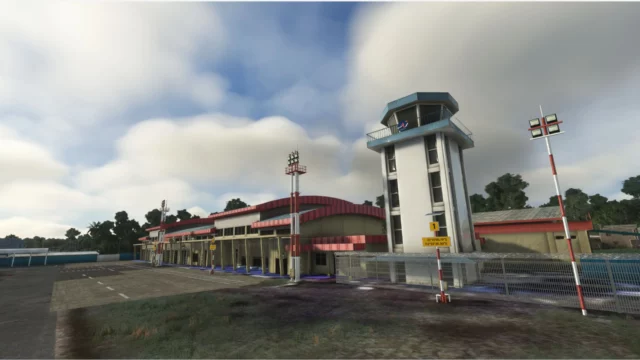
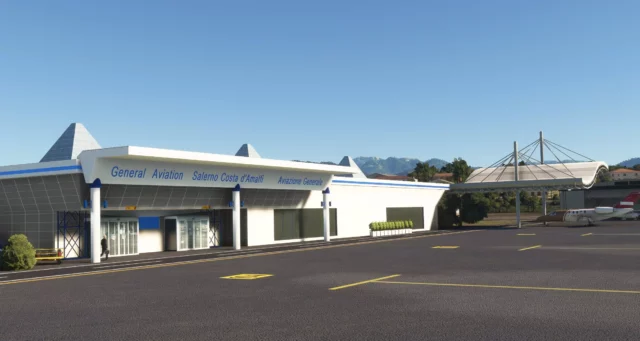
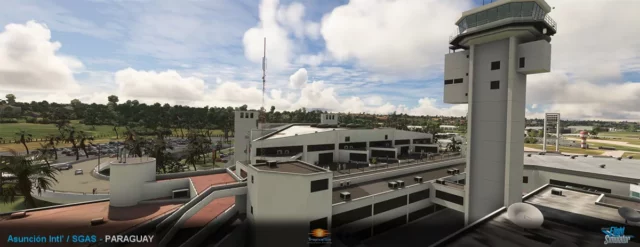
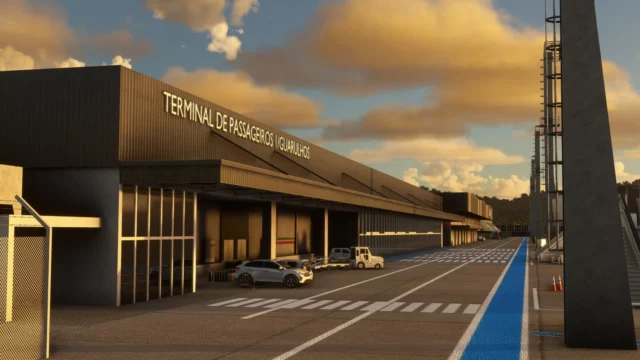
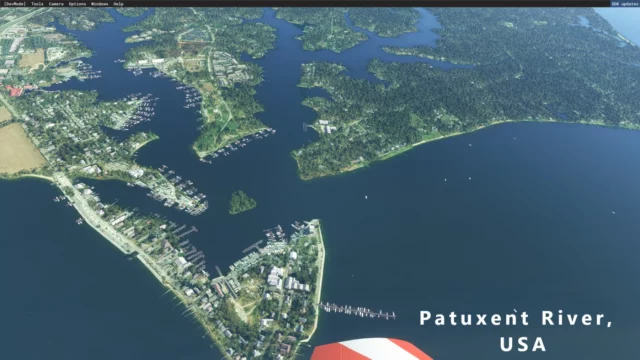
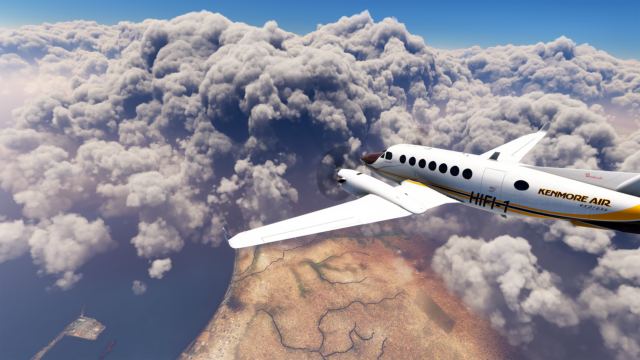
0 Responses
Would surely buy it if it had a VC; now I wait until that.
I bought it a few days ago en I love it . It lands perfect manualy en in autoland . I fly a lot with Wilco Airbus en this was a easy adaptation to Fokker . Nice package en very real .